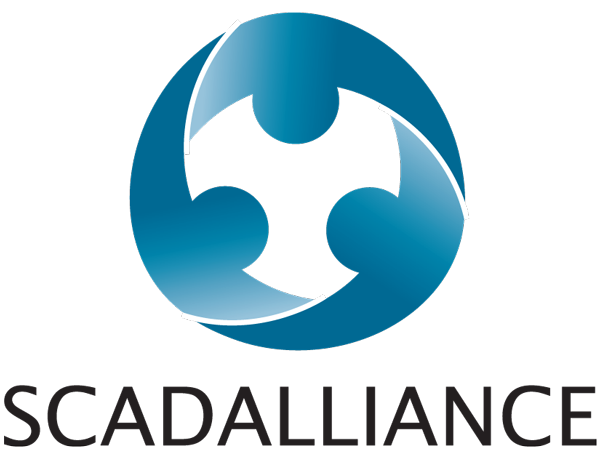What is a Communication Protocol?
What is a Communication Protocol?
DEFINITION
The worlds of computing, instrumentation and telecommunications need to exchange digital data between different equipment.
Due to the technological developments of electronic equipment and networks, this data exchange takes place at all levels of a control and supervision system:
- between flowmeters, measurement sensors or actuators that have now become communicating ('digital') and acquisition systems (PLCs, recorders, etc.);
- between acquisition or control systems (PLCs, recorders, telemetry units, etc.) and supervision systems (SCADA software, Cloud platforms, etc.);
- between the various software applications that make up the supervision and management systems: SCADA software, Geographic Information Systems (GIS), maintenance support software (CMMS, Predictive Maintenance, etc.), report generation software, etc.;
- between the acquisition and supervision systems, and the operators in charge of the operation or management of the facilities, from their computers, tablets or smart phones.
These communications are mainly characterized by two components:
- the network or communication media used: specific field networks (industrial buses, serial links...), Ethernet networks, fiber optics, short and long range radio networks, cellular networks, satellite links…
- the communication protocols used to transmit and receive the information to be exchanged.
These communication protocols correspond in some way to the languages used so that two systems that need to exchange information can do so in an understandable and secure manner.
In a similar way to two human beings who must speak in a common language and make sure that they understand each sentence exchanged, even if it means asking for repetitions of misunderstood sentences or words, the two digital systems must use the same language and make sure each time that the information transmitted by each is well understood.
A communication protocol therefore defines this exchange language, through its syntax, its digital coding and the procedures for checking for errors or loss of transmitted data, and for repetition when necessary.
The term Interoperability, widely used today, describes the ability of different instruments, acquisition hardware, software ... possibly from different manufacturers, to be able to establish this dialogue through the use of a common communication protocol.
EXAMPLES OF COMMUNICATION PROTOCOLS
There are a very large number of protocols, both 'manufacturer' protocols and standardised and normalised protocols.
Some are aimed at specific needs, others are more general in scope; even if the classification has certain limitations, here are some examples of protocols used in different fields of application:
- Computer and Internet: TCP/IP, HTTP/HTTPs, FTP/FTPs, SNMP, etc.
- Instrumentation and Automation: Modbus, Ethernet IP, BacNet, FINS, SDI-12, OPC, etc.
- Telemetry and Remote Management: DNP3, IEC60870, etc.
- IoT (IdO): MQTT, LoRaWAN, LTE-M, NBIoT, SigFox, etc.
RELATED TOPICS
Real-time and Time-Stamped Protocols


